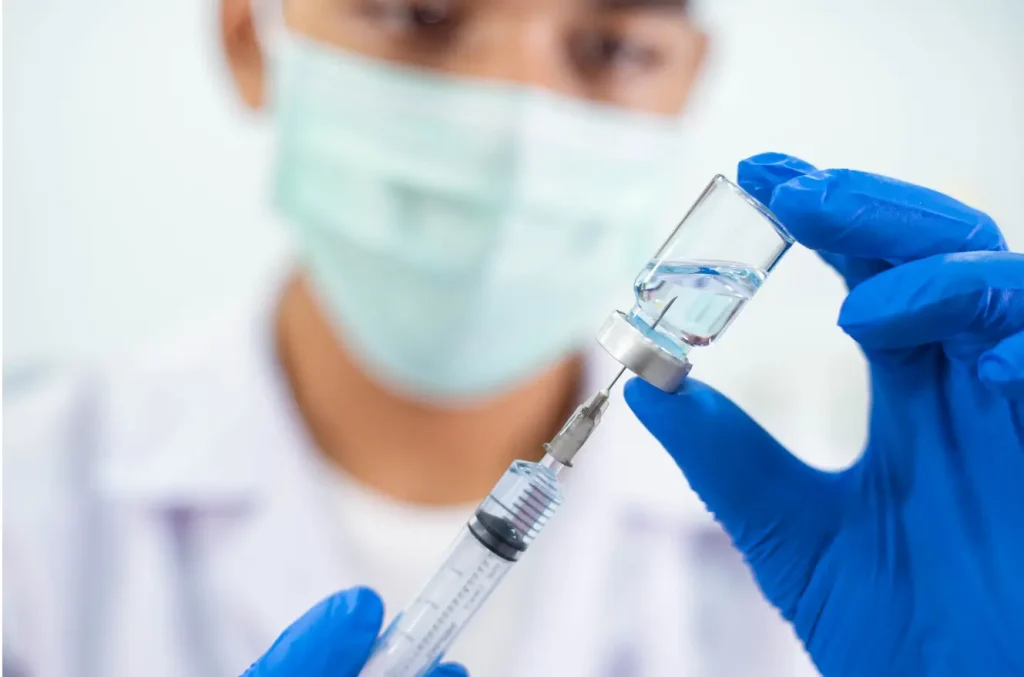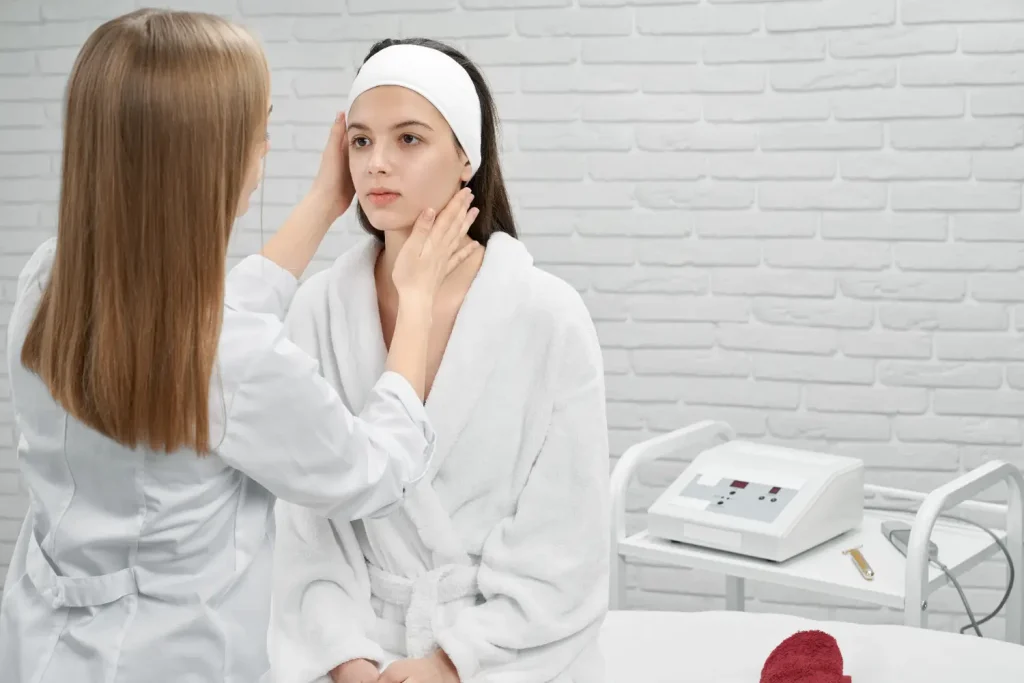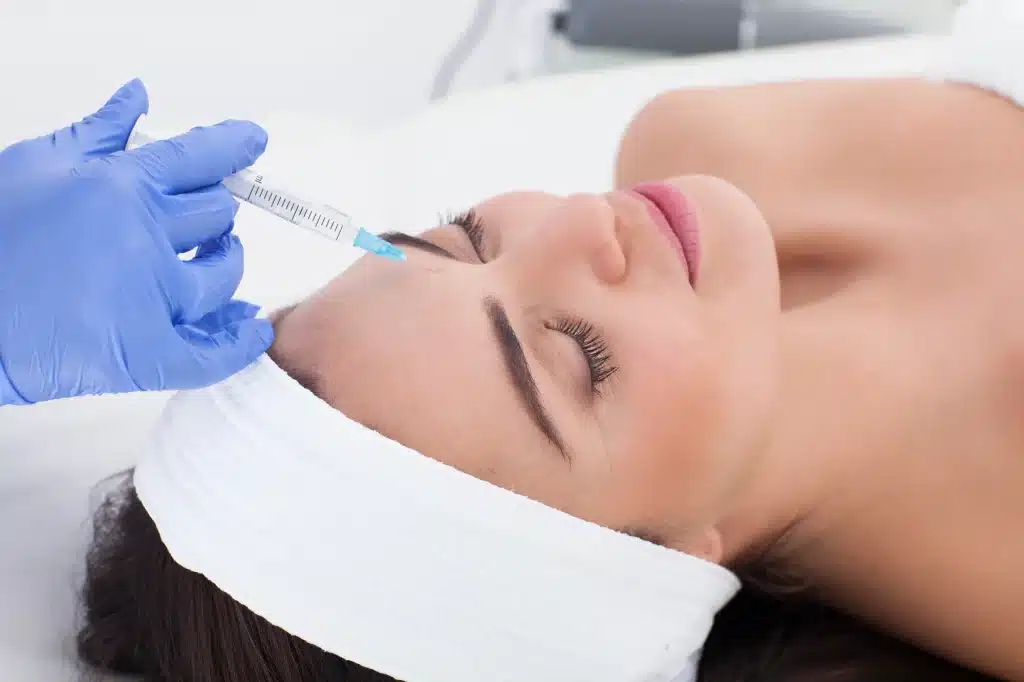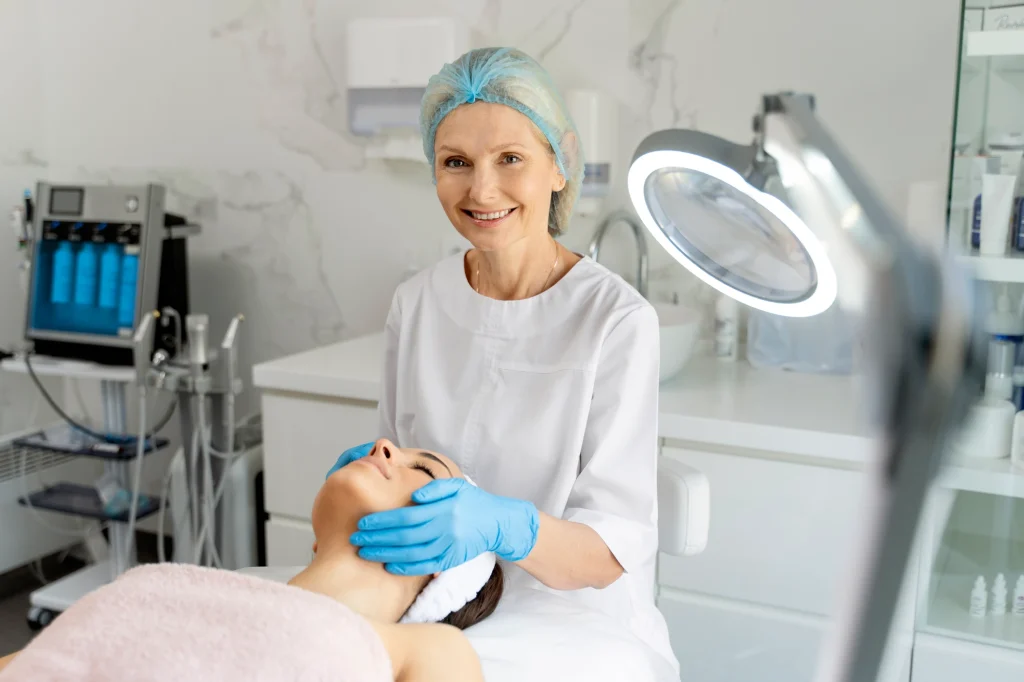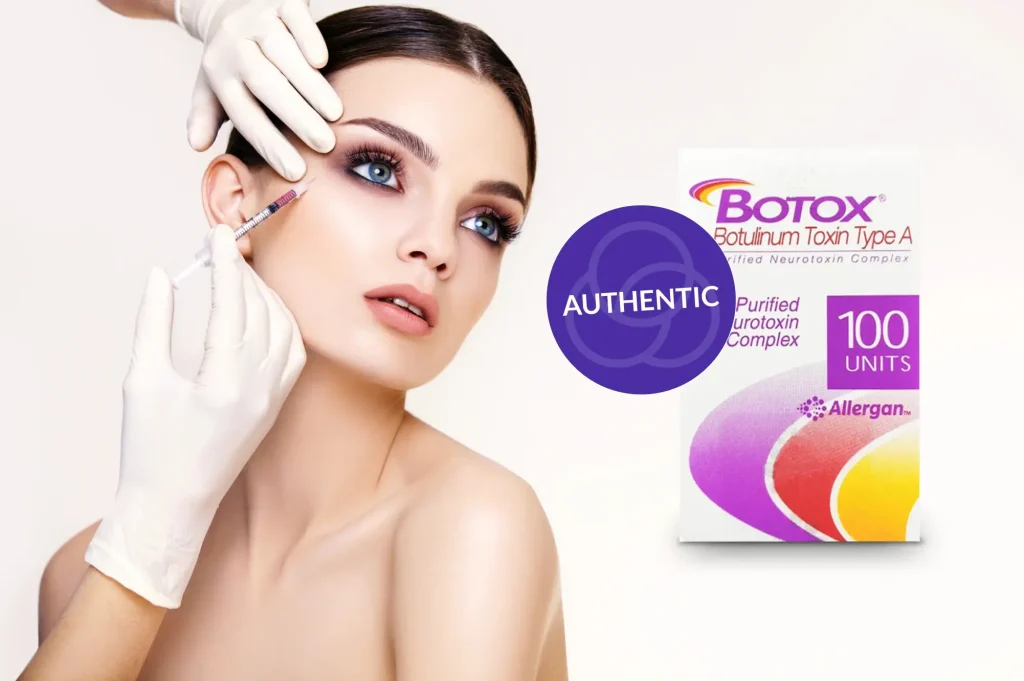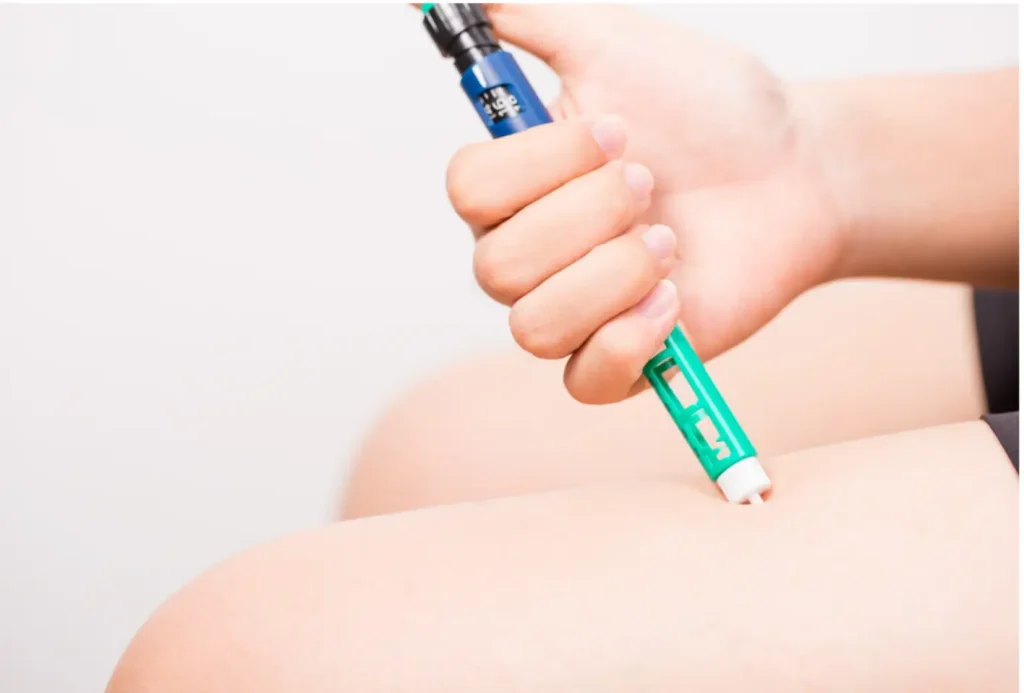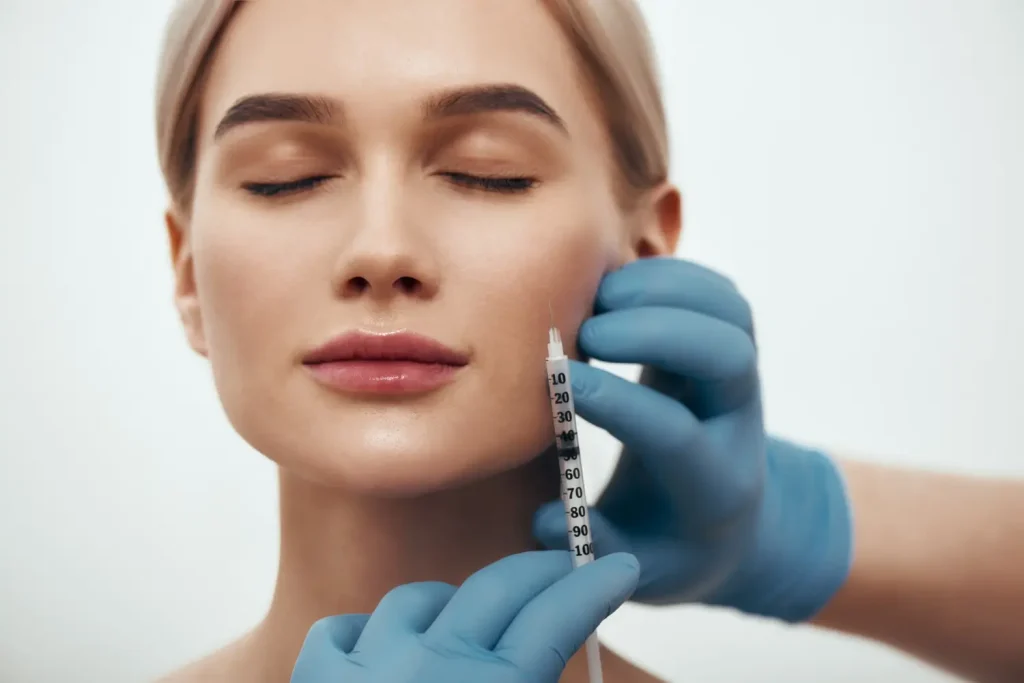As we age, our skin undergoes a variety of changes—wrinkles, fine lines, and a noticeable loss of elasticity are among the most visible signs. Research shows that nearly one in five older adults faces at least one functional difficulty, often accompanied by these physical changes. While such signs are a natural part of aging, they can affect self-esteem, leading many to seek out aesthetic treatments to regain a more youthful appearance.
One treatment gaining significant attention is Innotox, a botulinum toxin formulation known for its distinctive properties and ease of use. As demand for non-invasive procedures continues to rise, it’s crucial for both practitioners and patients to understand how products like Innotox work and how to use them safely to achieve the best results.
In this article, we’ll dive into the Innotox dosage chart, providing clear guidance on proper application, safety precautions, and best practices to ensure optimal results.
Key Takeaways
- Innotox is a liquid botulinum toxin formulation that offers precise dosing with no need for reconstitution, making it more predictable and easier to handle than powdered alternatives like Botox.
- Standard doses for common areas include 20 units for glabellar lines, 12 to 24 units for crow’s feet, and 10 to 20 units for forehead lines. The exact dosage depends on muscle strength and desired results.
- Advanced uses of Innotox include treatments for the masseter muscle (jaw slimming), platysmal bands (neck), bunny lines (nose), gummy smile, and chin dimpling, with specific dosages for each area.
- The 1:1 dose equivalence between Innotox and Botox provides a reliable baseline for practitioners transitioning between products, though patient response may vary depending on the treatment area.
- Patient factors such as muscle mass, gender, skin elasticity, and treatment history should be considered when adjusting Innotox dosing to achieve the best results.
- Innotox is best used by skilled injectors familiar with the specific dosing requirements for both standard and advanced aesthetic procedures, ensuring safe and effective outcomes.
About: Medical Spa RX provides medical practices with premium products at the best prices. If you’re looking to buy Innotox online for your practice, the sales representatives at Medical Spa RX can give you guidance.
Standard Doses by Aesthetic Zone: Innotox for Glabellar, Crow’s Feet, Forehead
When considering aesthetic treatments, many individuals seek out Innotox reviews to better understand its performance and proper dosing. This botulinum toxin formulation is especially effective for addressing upper facial zones, such as the glabellar lines, crow’s feet, and forehead, with dosages carefully tailored to the patient’s muscle activity and desired outcomes.
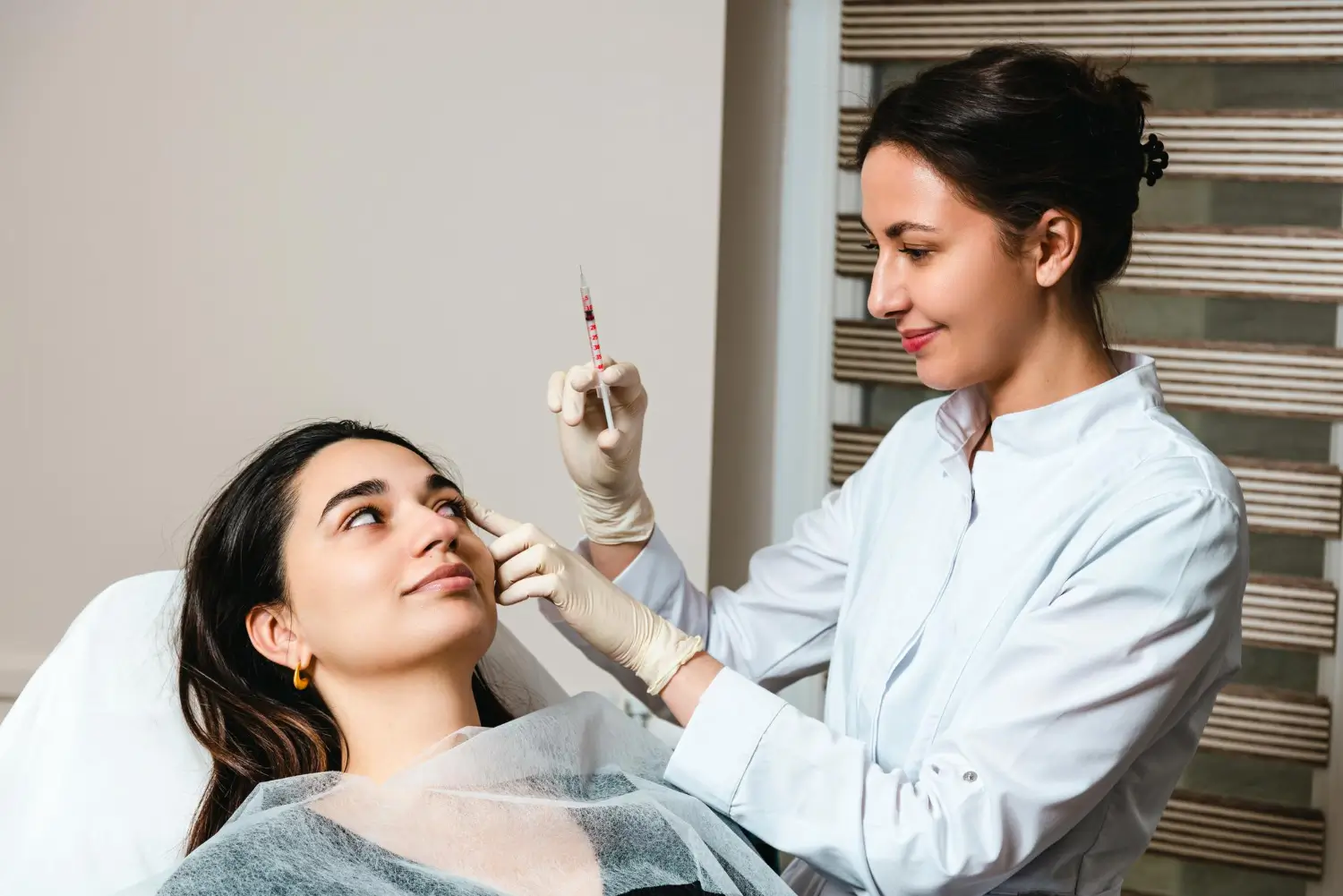
Standard Doses per Area
- Glabellar Lines (frown lines): 20 units injected across 5 points between the brows to target vertical lines caused by muscle contraction.
- Crow’s Feet (lateral canthal lines): 12 to 24 units total (6 to 12 units per side). The injections are placed around the outer eyes to reduce dynamic wrinkles that appear during smiling or squinting.
- Forehead Lines (frontalis muscle): 10 to 20 units spread evenly across the forehead to smooth horizontal lines, while maintaining brow mobility.
In clinical practice, it is crucial to assess the strength and movement patterns of each muscle, particularly in the forehead, where excessive dosing can result in brow ptosis. By carefully customizing the dosage, practitioners can ensure that patients achieve the best possible outcome without compromising natural expression.
Advanced Uses: Innotox for Masseter, Platysmal Bands, Off‑Label Roles
Beyond traditional facial wrinkle treatments, Innotox is increasingly being used in advanced and off-label applications that require precise dosing and the expertise of a skilled injector.
Advanced Treatment Areas and Dosages
- Masseter Muscle (jaw slimming): 25 to 40 units per side. Relaxing the masseter muscle helps reduce jaw width, benefiting both facial contouring and bruxism management.
- Platysmal Bands (neck bands): 10 to 20 units per band. Multiple injection points are used to soften the vertical bands in the neck that appear during speech or movement.
- Bunny Lines (nose wrinkles): 4 to 8 units are injected along the sides of the nose to target scrunching lines that form when laughing or smiling.
- Gummy Smile: Practitioners inject 2 to 4 units per side near the alar base to reduce excessive upper lip elevation when smiling.
- Chin Dimpling (mentalis muscle): Using 4 to 8 units helps smooth out a pebbled chin texture caused by overactive muscle contractions.
Off-label uses of Innotox require a tailored approach, combining anatomical knowledge with caution to avoid undesirable effects. It is crucial that injectors remain aware of the specific needs and risks associated with these treatments.
Dose Conversions: Innotox vs Botox Equivalence
In clinical practice, understanding the dose equivalence between Innotox and Botox is essential for achieving safe and effective results, particularly when transitioning patients from one product to another.
General Conversion Insight
- 1 unit of Innotox ≈ 1 unit of Botox: Most studies and expert consensus suggest a 1:1 ratio, although subtle differences in formulation may influence onset and diffusion.
Things to Consider
- Innotox is a liquid formulation, while Botox is a lyophilized powder that requires reconstitution.
- Innotox’s liquid consistency and immediate usability help reduce dilution variability, making doses more predictable.
- Patients switching from Botox to Innotox may notice slight differences in the duration of effect or diffusion, depending on the treatment area and technique used.
While the 1:1 conversion is generally safe as a baseline, final dosing should be guided by individual patient responses, especially in advanced or sensitive areas like the perioral region.
Dose Adjustment Factors: Muscle Mass, Gender, Treatment Goals with Innotox
Dosing is not a one-size-fits-all solution. Several patient-specific factors should influence how many units of Innotox are required for each treatment.
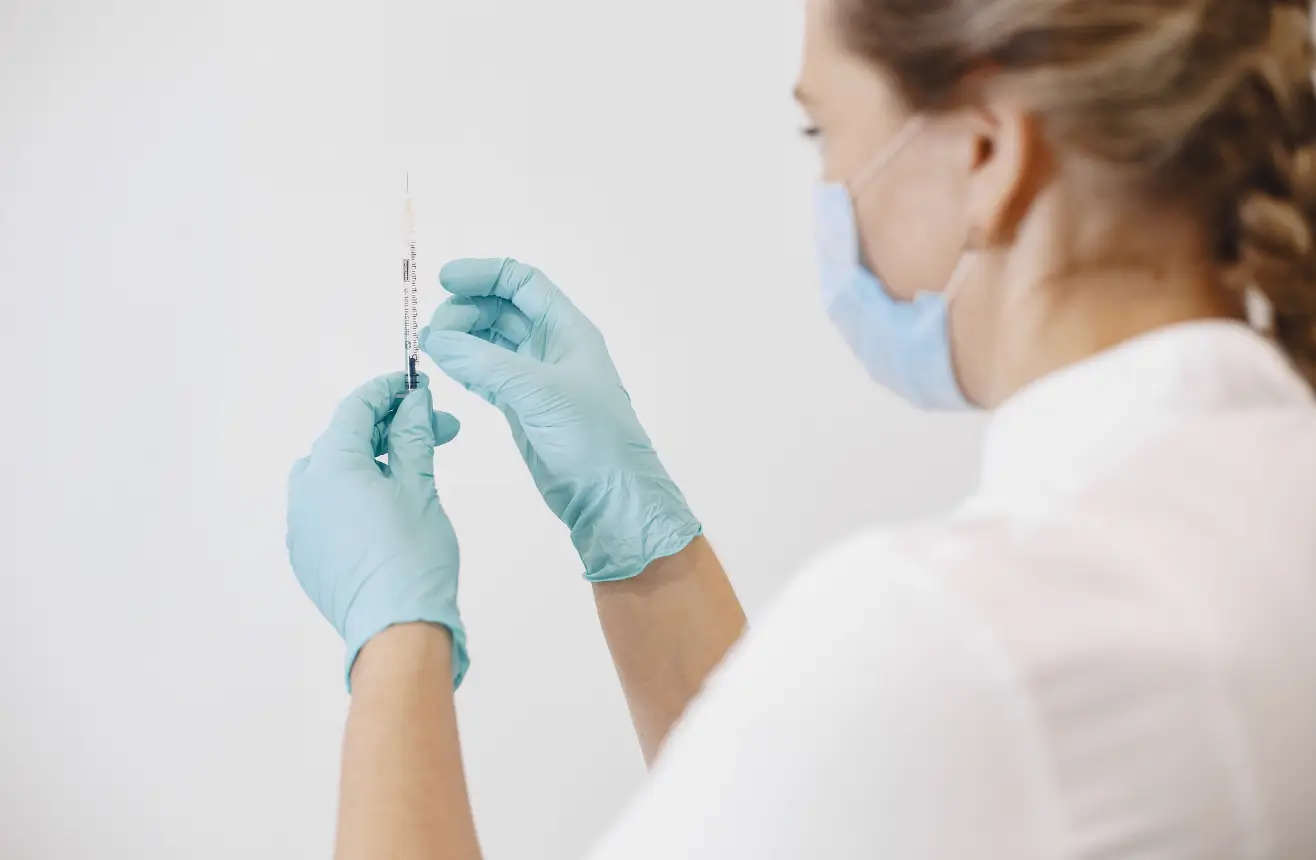
Key Factors to Adjust Dosing
- Muscle Mass and Strength: Individuals with stronger or larger muscles (like the masseter or glabellar complex) often need higher doses for full relaxation.
- Gender Differences: Men typically require more units than women due to denser facial musculature, especially in the brow and jawline areas.
- Desired Outcome: A natural look may require a conservative approach, while patients seeking maximum wrinkle reduction may need more units.
- Age and Skin Elasticity: Older patients or those with reduced skin elasticity may benefit from adjusted doses to prevent over-smoothing or facial flattening.
- Treatment History: Patients who regularly receive neurotoxin treatments may require fewer units over time as muscle activity reduces.
A thorough consultation and muscle assessment should always precede any treatment to ensure the best possible aesthetic outcome and avoid overcorrection.
Conclusion
Innotox offers reliable, precise results across both standard and advanced aesthetic treatments. Its ready-to-use liquid form eliminates the need for mixing, ensuring that dosing is more consistent and predictable. From glabellar lines to jaw slimming, proper dosing by area, awareness of off-label uses, and consideration of individual factors such as gender and muscle mass are all essential for achieving optimal results.
By following a clear dosage chart and utilizing clinical expertise, practitioners can provide safe and natural outcomes. Innotox stands out as a reliable and flexible option for professionals seeking accuracy and consistency in botulinum toxin treatments.
FAQs
1. Is Innotox FDA-approved in the United States?
No, Innotox is not currently FDA-approved in the U.S., but is widely used in other countries under proper regulatory oversight.
2. How does Innotox differ from Botox?
Innotox is a ready-to-use liquid formulation, while Botox is a lyophilized powder requiring reconstitution. Their unit potency is considered similar.
3. How long do Innotox results last?
Effects generally last 3 to 4 months, although this can vary depending on the area treated and the patient’s metabolism.
4. Can Innotox be used on all facial areas?
Yes, it can be used on standard areas, such as the glabella and forehead. It also has off-label uses on the masseter, chin, and neck bands.
5. How soon will I see results after treatment?
Initial effects typically appear within 2 to 4 days, with full results visible in 1 to 2 weeks.
6. Is Innotox safe for first-time users?
Yes, when administered by a qualified professional, it is considered safe. A consultation should always precede treatment.
7. Can I switch from Botox to Innotox without issues?
Yes, most patients can transition without complications using a 1:1 dosing ratio, though individual responses may vary slightly.
References
Cha W, Jang JY, Wang SG, Kang JH, Jo MG. Liquid-type botulinum toxin Type A in adductor spasmodic dysphonia: A Prospective pilot study. Journal of Voice. 2016;31(3):378.e19-378.e24. doi:10.1016/j.jvoice.2016.07.004
Frevert J, Ahn KY, Park MY, Sunga O. Comparison of botulinum neurotoxin type A formulations in Asia. Taylor & Francis. Published online July 5, 2018. https://www.tandfonline.com/doi/full/10.2147/CCID.S160723

